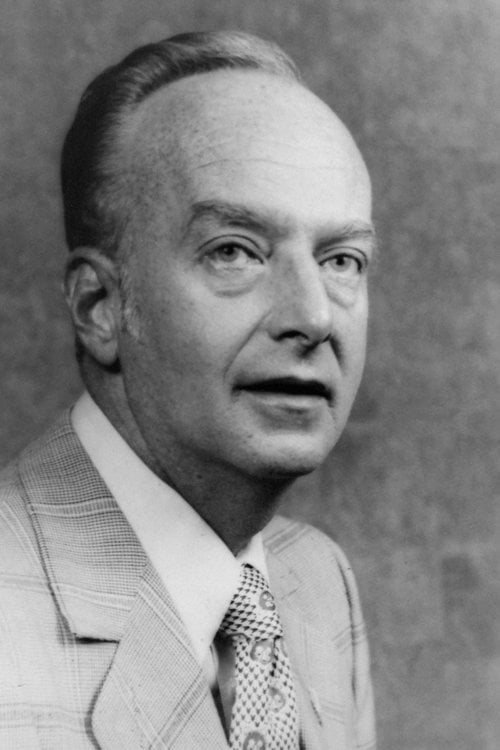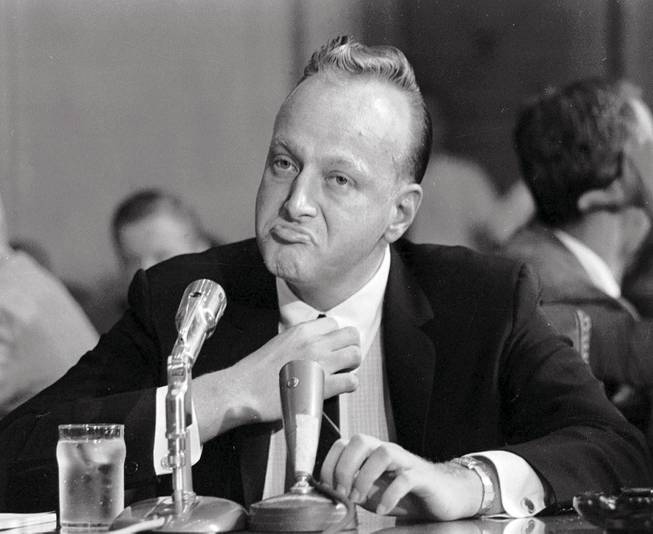Casino Lefty Rosenthal
Back in the glory days of Sin City, casinos essentially served as private kingdoms for their flamboyant owners to rule with an iron fist. That era has largely faded into memory thanks to corporate consolidation, but Las Vegas’ most influential casino owners and operators left behind a lasting legacy.
It’s only natural to talk about Frank “Lefty” Rosenthal, who famously straddled the fine line between a life of crime and his love for Las Vegas’ legitimate gambling industry.
Rosenthal, who died in 2008 at age 79, is perhaps best-known today as the inspiration for Robert De Niro’s character Sam “Ace” Rothstein in the 1995 movie “Casino.” He reportedly moved to Las Vegas. Frank Rosenthal and Geri McGee Rosenthal on their wedding day.Played by Robert De Niro and Sharon Stone,in the movie,'Casino.' Find this Pin and more on Favorite moviesby Angie Loza.
Brief Background and Biography of Frank Rosenthal
Born in 1929, on the West Side of Chicago, Frank Rosenthal grew up immersed in the world of underground sports betting.
- Frank Rosenthal, Casino King Upon arriving in Las Vegas, Lefty Rosenthal initially ran a betting parlor alongside a boyhood friend from Chicago who acted as his enforcer: Anthony “Tony the Ant” Spilotro (called “Nicky Santoro” and played by Joe Pesci in Casino).
- From the introduction of sports betting to the casino-going masses, the advent of female dealers, and even the addition of Siegfried and Roy to the Stardust’s stage, Frank “Lefty” Rosenthal helped make Las Vegas history what it is today. Before his arrival, sportsbooks were still operated as underground bet shops beholden to criminal control.
- In Casino, Rothstein only runs one casino. In the 1970s and ‘80s, Lefty Rosenthal ran four at the same time for the Chicago mob: the Stardust, Hacienda, Fremont, and Marina.
His father maintained a stable of thoroughbred racehorses, and soon enough, a teenaged Rosenthal was ditching school to pursue an education at the track. Sharing his father’s sharp mathematical mind, the young Rosenthal eventually branched out to Chicago’s two baseball cathedrals—Wrigley Field and Comiskey Park.
The latter stadium was infamously the home of the “Black Sox scandal“, which saw the hometown White Sox fix the 1919 World Series at the behest of gangster Arnold Rothstein. Surrounded both by sports and the gamblers who wager on them, it’s no surprise that Rosenthal gravitated toward the murky mix of illicit bookmakers.
In an interview published on his personal website shortly before his death in 2008, Rosenthal explained the roots of his attraction to sports betting:
“My father was in the horse-racing business. That was my first attraction. And sports in general became my first love. I’d go to Wrigley Field to see the Cubs instead of going to school every day, and in the evening I’d go to Comiskey Park for the White Sox.
I was a regular at Chicago Stadium whether it would be hockey or NBA or college basketball and it all became…I just got focused on it. And not just focused, but trying to find a way to beat the odds. Which was not easy.”
Soon enough, Rosenthal began beating the local bookies out of significant sums courtesy of his acumen for spotting slim edges and “soft” lines.
Casino Movie Frank Lefty Rosenthal
But rather than deny him action, or take more aggressive tactics favored by the more unsavory bookies, the “Chicago Outfit” decided to bring Rosenthal into the fold. Originally controlled by Al Capone, the Chicago Outfit ran the numbers racket in the Windy City from its base in Cicero, Illinois. As an Italian mafia through and through, the Chicago Outfit couldn’t invite Rosenthal to become a “made man” due to his Jewish heritage.
Nonetheless, he could become an associate of the group known as “a friend of ours,” and that he did.

Eventually, these illicit activities drew the attention of local authorities, forcing Rosenthal to relocate his bookmaking operation to Miami in 1961. Rather than testify against his backers though, Rosenthal simply raised his left hand dozens of times to plead the fifth—an act of defiance which led to his nickname “Lefty.”
History repeated itself, however, so Rosenthal packed his bags and headed to Las Vegas seven years later.
The Mob Installs Rosenthal as Their Inside Man
By 1968, when Rosenthal arrived in town, the era of unrestrained mob rule over casinos had largely come to an end.
Lefty Rosenthal Pics
To avoid the “heat” from Nevada’s increasingly strict gaming regulators, various mob leaders from Midwestern markets used a front man by the name of Allen Glick. A real estate developer out of San Diego, Glick was granted a $65 million loan secured through the mob’s control of the Teamsters’ union.
But after using the funds to purchase four casinos—the Stardust, the Hacienda, the Marina, and the Fremont—Glick was told in no uncertain terms that Rosenthal would run the onsite operations.
Rosenthal focused his energies on the Stardust, making several innovative changes that quickly made the venue one of Las Vegas’ most visited destinations.

When you visit modern Las Vegas sportsbooks today, remember that the template was laid down in 1976 by the savvy Rosenthal. He also broke with Sin City norms of the era by eagerly hiring women to deal blackjack and other table games. At the time, men handled those duties almost exclusively, but Rosenthal’s addition of scantily-clad beauties in the box revolutionized the industry.
In the aforementioned interview, Rosenthal outlines his philosophy for preferring women dealers over men:
“There was this old-world mentality that women couldn’t do the job – that they were only good enough to serve cocktails or be showgirls – which was nuts.
When we had female dealers it increased the pot instantly. It was a no-brainer: You are a guy? Who would you rather have in front of you as a dealer?
Women proved to be our best dealers from the start. We made more money. They were better dealers. They knew men and how to handle them. And men didn’t seem to mind losing more to them.”
Rosenthal also saw potential in a pair of aspiring stage performers who had a passion for magic and big cats. By bringing the previously unknown Siegfried and Roy aboard to headline the Stardust’s nightly entertainment, Rosenthal made his casino an all-encompassing entertainment venue.
As a result, the Stardust’s various revenue streams skyrocketed under Rosenthal’s steady hand. In turn, a sophisticated “skimming” operation enabled the Chicago Outfit to reap the benefits, as duffel bags of cash flowed eastward on a nightly basis.
Lefty’s Legacy Lives Throughout Las Vegas Casinos
To maintain order within his burgeoning casino empire, Rosenthal enlisted the assistance of ruthless mob enforcer Anthony “The Ant” Spilotro. Despite his diminutive stature, Spilotro was a stone-cold killer who had no qualms about “digging a hole” in the desert to dispatch cheats, rivals, and anyone who disrespected Rosenthal’s operation.
Spilotro also supervised a burglary crew known as the “Hole in the Wall Gang,” a name earned by virtue of their tendency to knock a hole in a business’s exterior before robbing the place blind.
Lefty Rosenthal Wife
As Spilotro became increasingly bold with his violent crime, local authorities began looking into Rosenthal’s influence at the Stardust and other Las Vegas casinos. Soon enough, they discovered that his official titles—ranging from food and beverage director to chief of entertainment—were merely fronts. Realizing that Rosenthal was essentially running several casinos without a gaming license, state regulators brought the hammer down.
In the end, despite his thoroughly researched application, Rosenthal was denied a gaming license due to his connections with Spilotro and the wise-guys back home.
Refusing to accept the rejection, Rosenthal arranged to host a television show broadcast from the Stardust. The ensuing publicity on their casino scheme prompted the mob to order a hit on Rosenthal, and in 1982, his car exploded in a fiery blaze.
Lefty Rosenthal Car Bomb
Rosenthal’s life and times as a top casino boss were eventually memorialized in the Martin Scorsese directed hit Casino (1995), with Robert De Niro playing the role of Sam “Ace” Rothstein.

Conclusion
From the introduction of sports betting to the casino-going masses, the advent of female dealers, and even the addition of Siegfried and Roy to the Stardust’s stage, Frank “Lefty” Rosenthal helped make Las Vegas history what it is today. Before his arrival, sportsbooks were still operated as underground bet shops beholden to criminal control.
In just a few years, however, Rosenthal legitimized the industry which would eventually become a multibillion-dollar concern in the 21st century. The next time you place a bet on your favorite team in Sin City, you can thank the boy from Chicago who grew up to conquer Las Vegas’ casino scene.